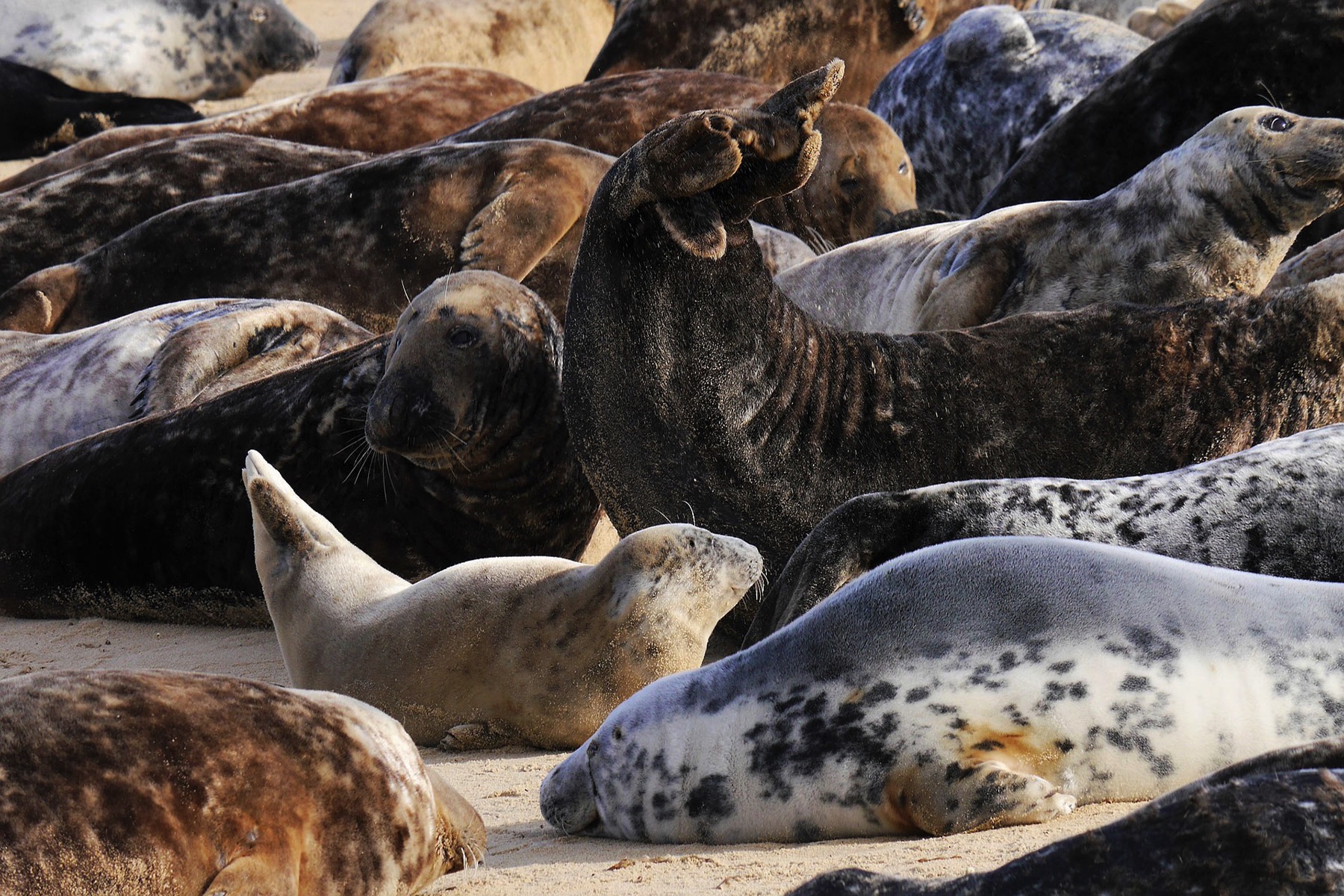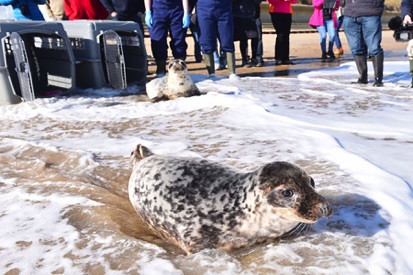
But it was only after the babies were abandoned by their mum at just 10 days old - possibly as a result of human interference - that DNA samples could be taken and sent for testing to confirm whether they really were twins.
Named R2D2 and C3P0 after Star Wars characters, the brother and sister would have died if alert rescuers had not stepped in.
They were taken to the RSPCA’s centre at East Winch where they were hand reared until they were big enough to be released back into the wild.
While they were at the centre samples of their hair, along with blood samples taken from the scene of their birth, were sent to the Institute of Marine Research in Bergen, Norway. The results proved conclusively that they were twins.
As the four-month-old pups were released centre manager Alison Charles said: “It is amazing to think that we have helped to rear the world’s first recorded wild-born twin grey seals.”
She said their mum had done a good job of feeding them because they weighed 24 and 22 kg.
The youngsters, who were tagged, were among more than 1,000 pups born at the colony over that winter.
Each year grey seals come ashore at Horsey to give birth and mate. The pups, with their distinctive white fur coats, are fed for the first three weeks of their lives. Their mother’s milk is 60 per cent fat and they rely on this after they are weaned.
Once their mother has left for good their warm white coat is gradually shed and replaced by the mottled grey waterproof coat they need to be able to leave the beach.
Picture courtesy of EDP/Archant
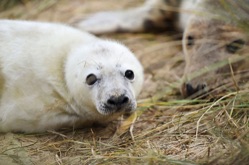
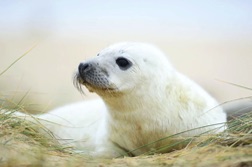
Picture courtesy of EDP/Archant
Picture courtesy of EDP/Archant
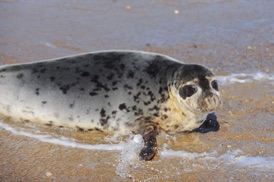
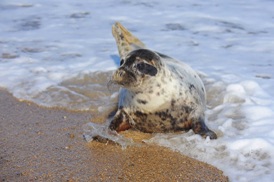
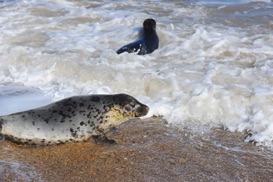
Picture courtesy of EDP/Archant
Picture courtesy of EDP/Archant
Picture courtesy of EDP/Archant
When they are hungry enough they head into the waves to learn how to hunt for their own food. Meanwhile their mothers will have mated again.
More than half of the pups do not survive the first year. in 2013 a storm surge swept more than 250 seals from the beach at Horsey, many of them youngsters.
If you want to see pups at Horsey the best time to visit is between November and the end of January. The Friends often close a section of the beach to keep them from being disturbed by the public but roped off areas on the dunes can provide a spectacular view over the colony.
Mothers will abandon their babies if disturbed and walkers are urged to keep a respectful distance if they encounter seals on the beach. Dogs should be kept on a lead. The seals are wild animals and have a nasty bite.
The colony is a short drive from Winterton or an hour's walk north along the beach.
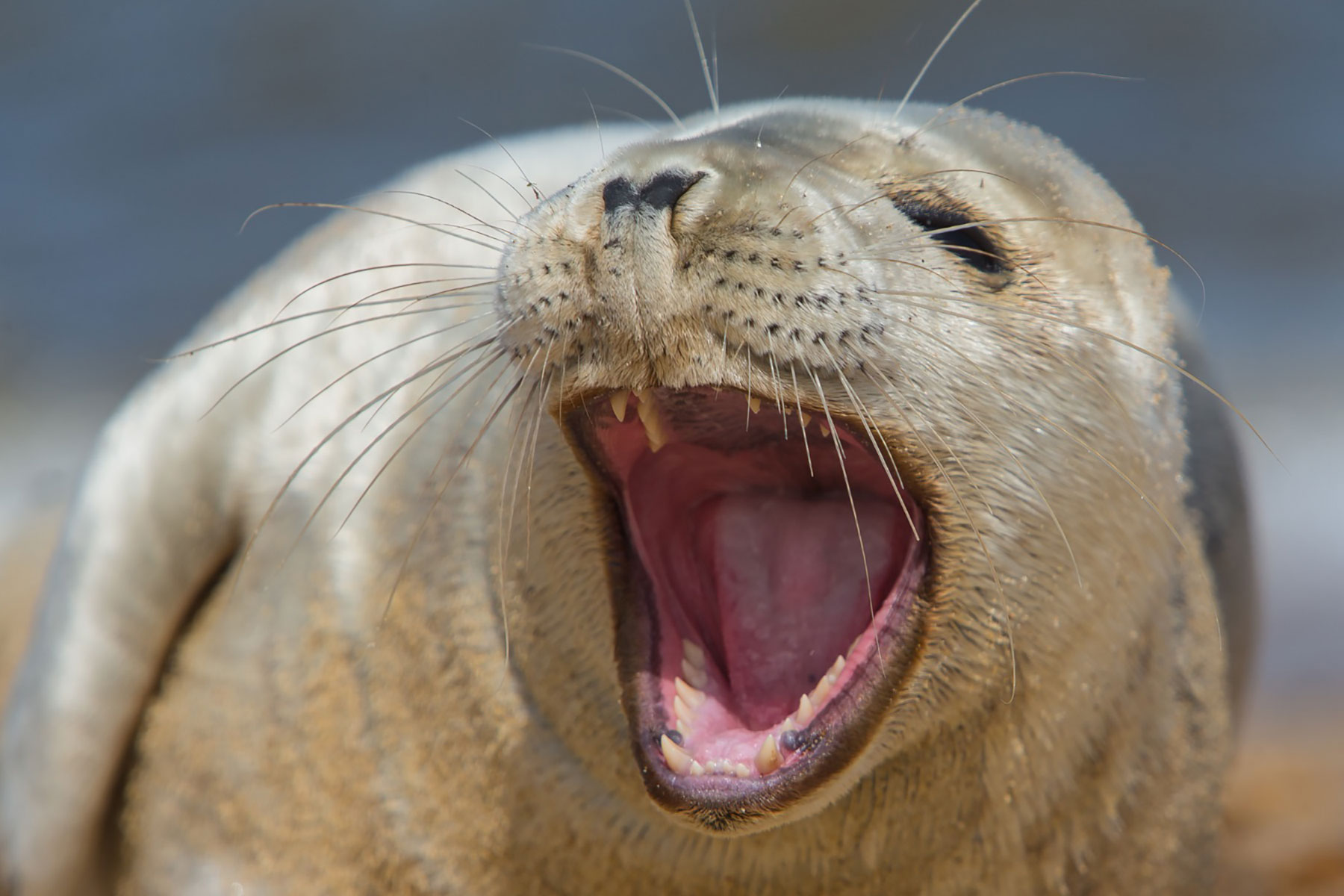
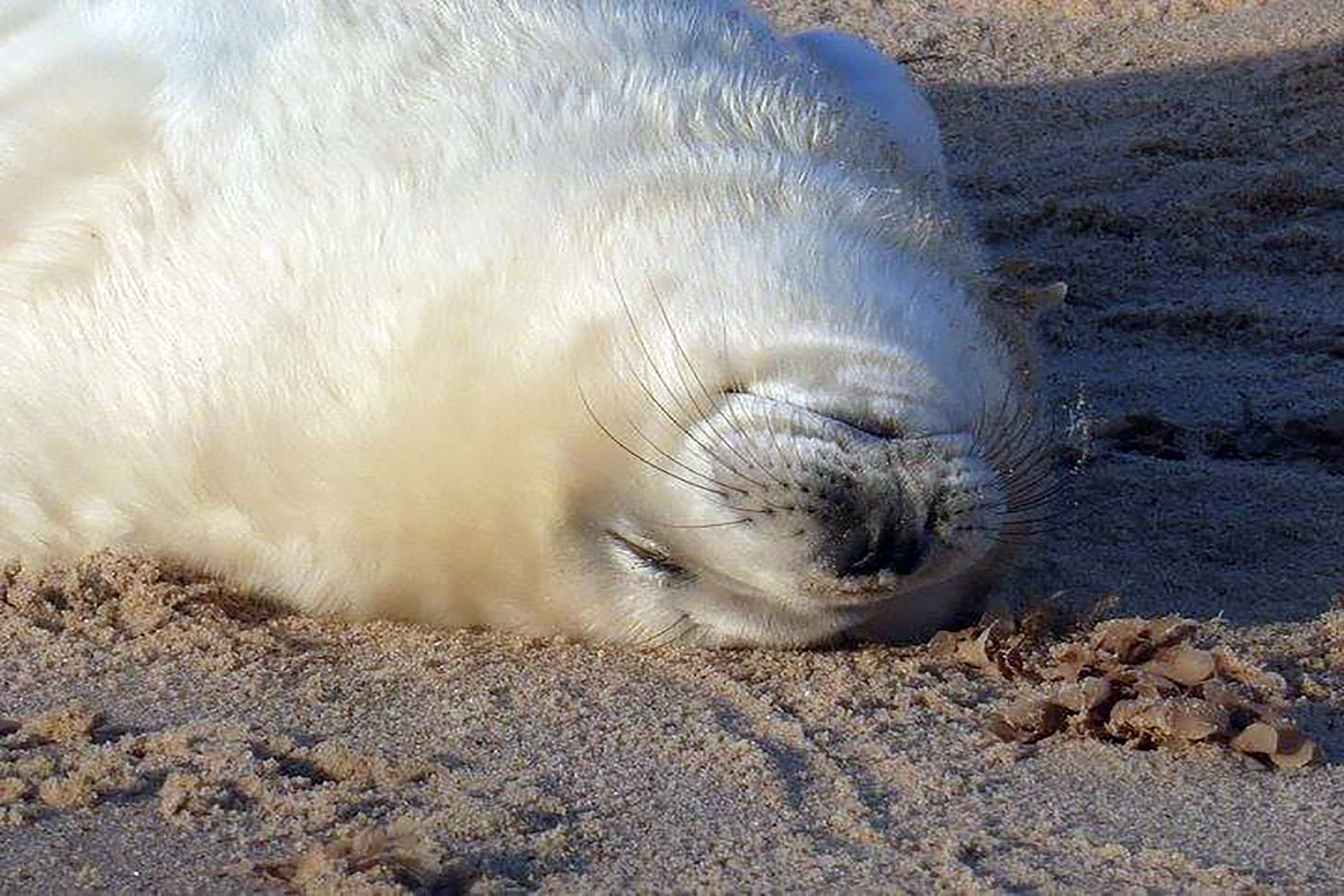
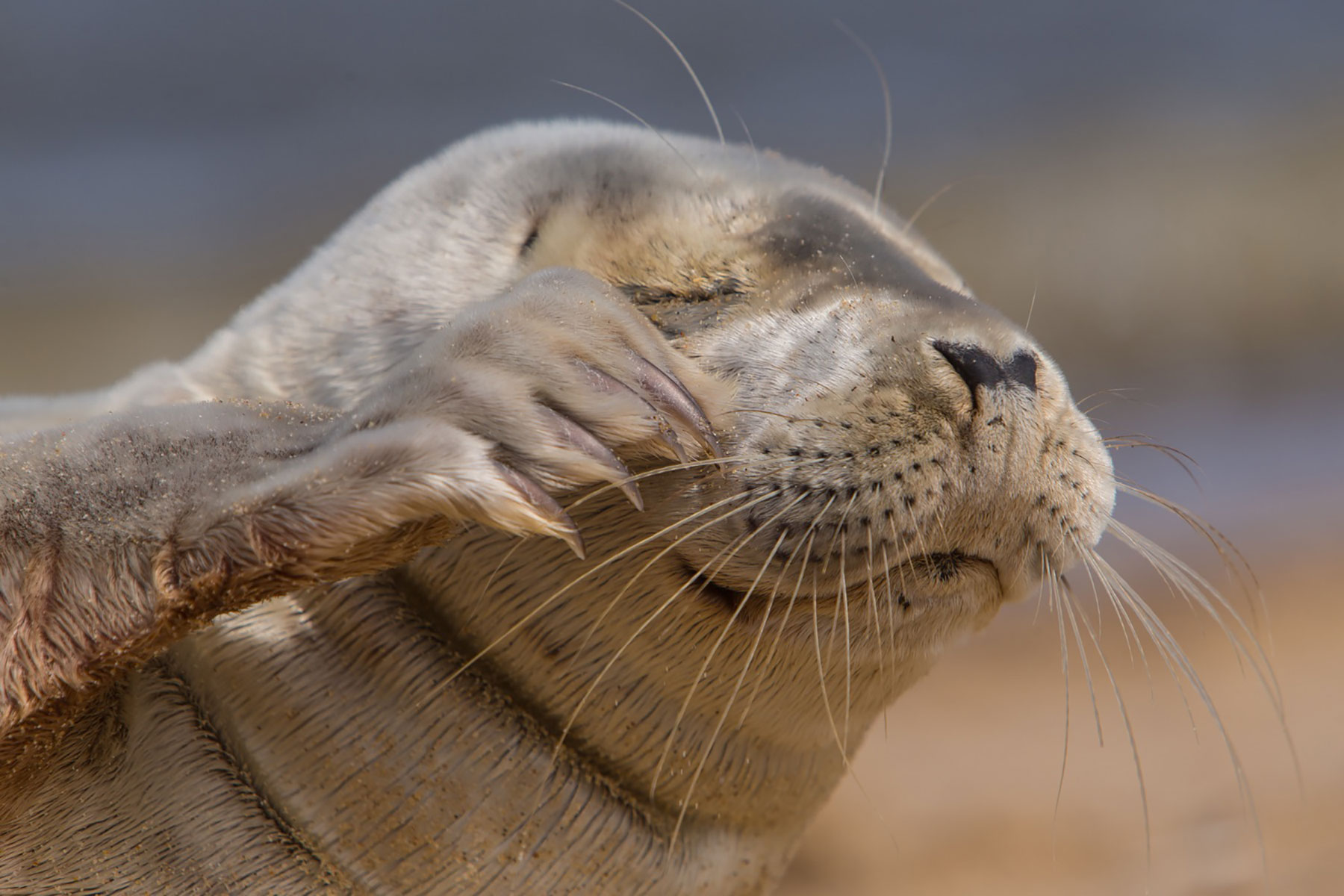
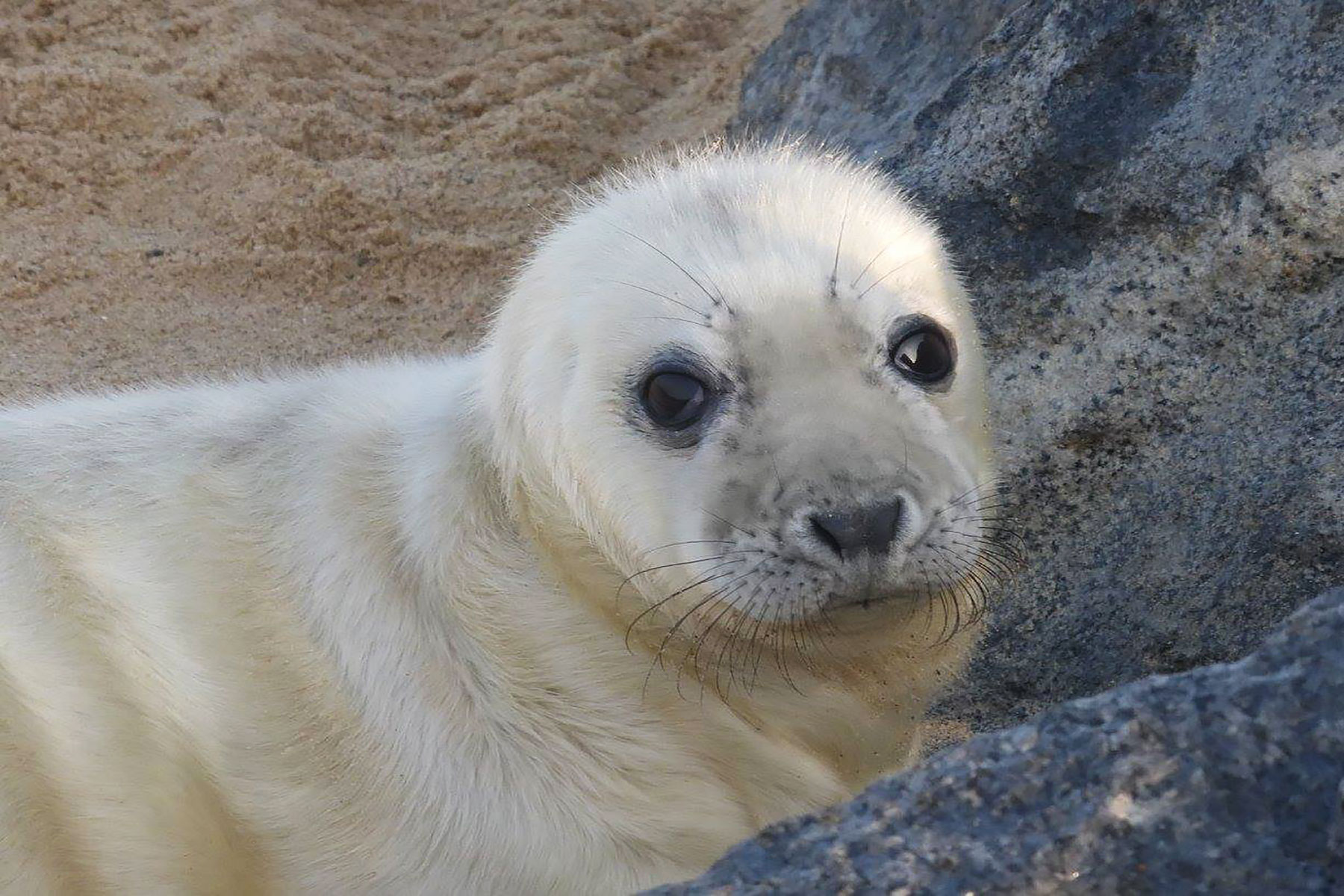
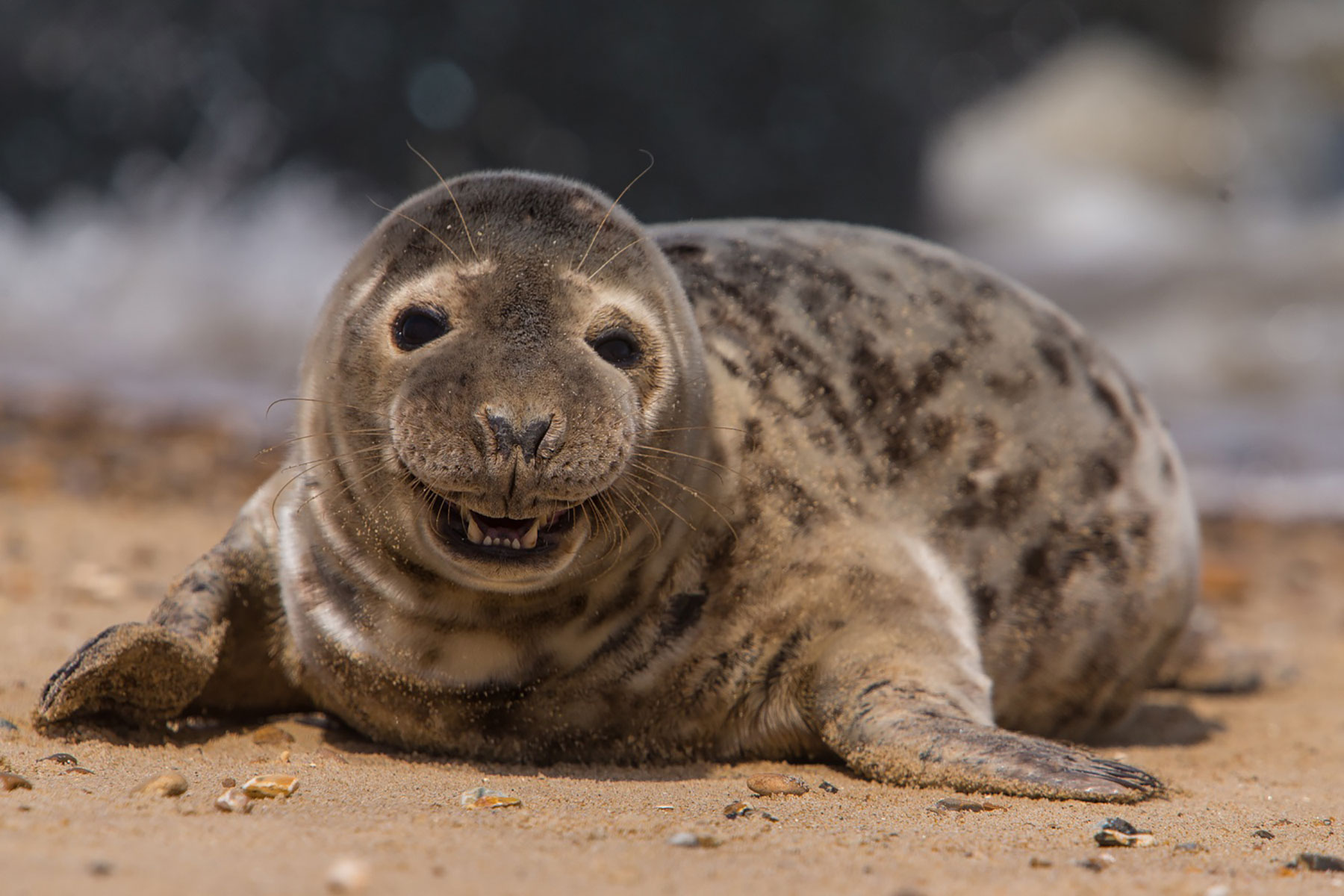
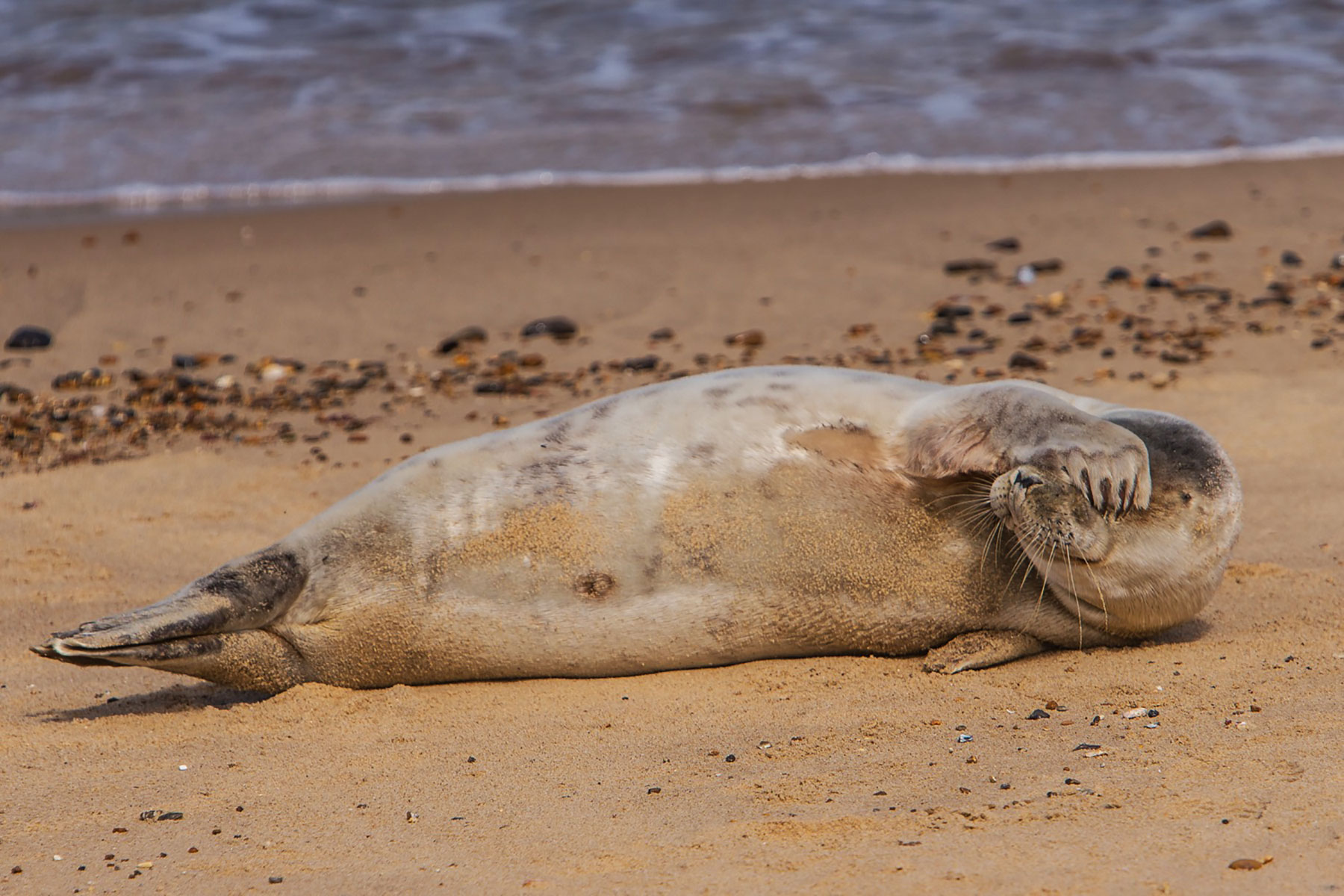
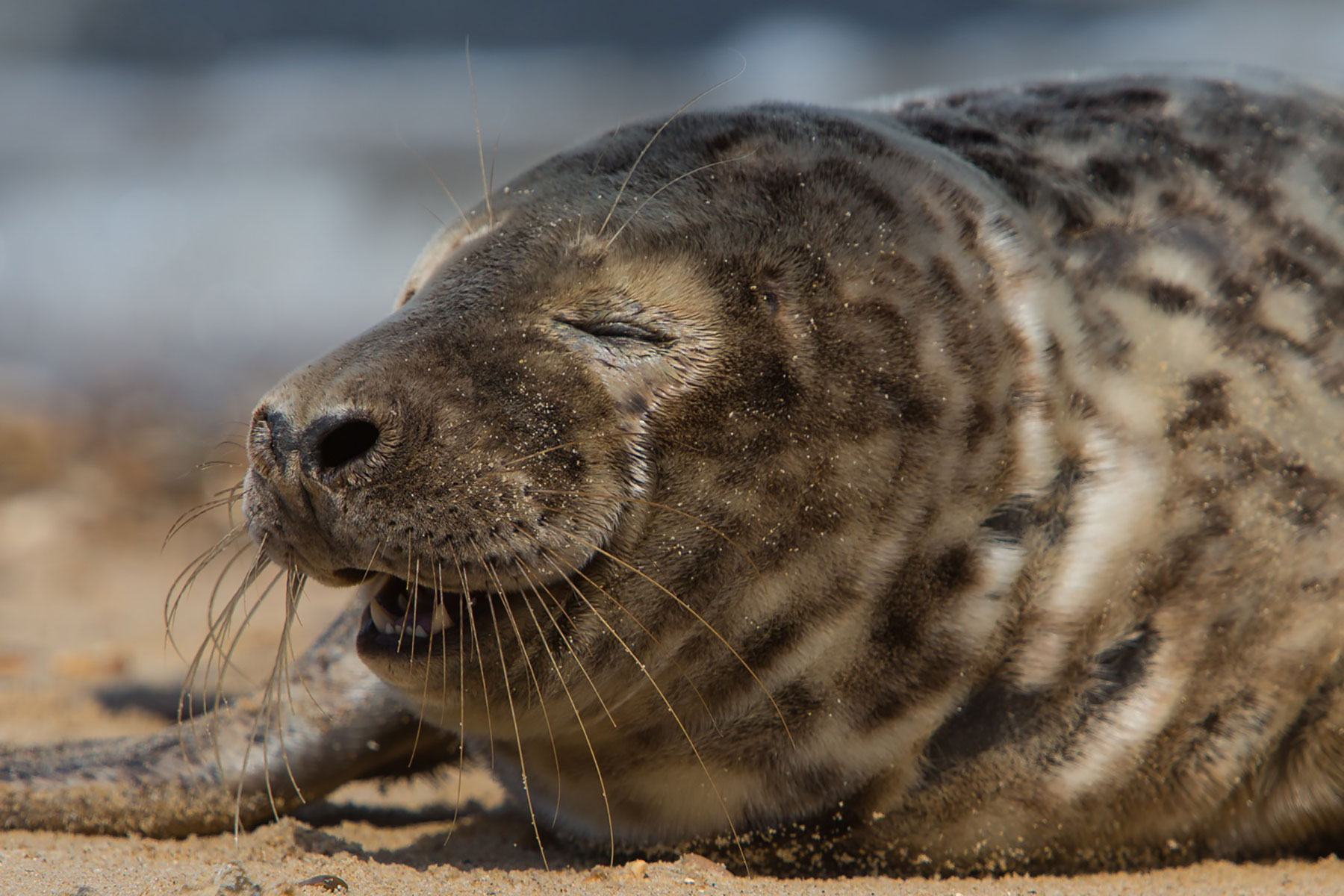
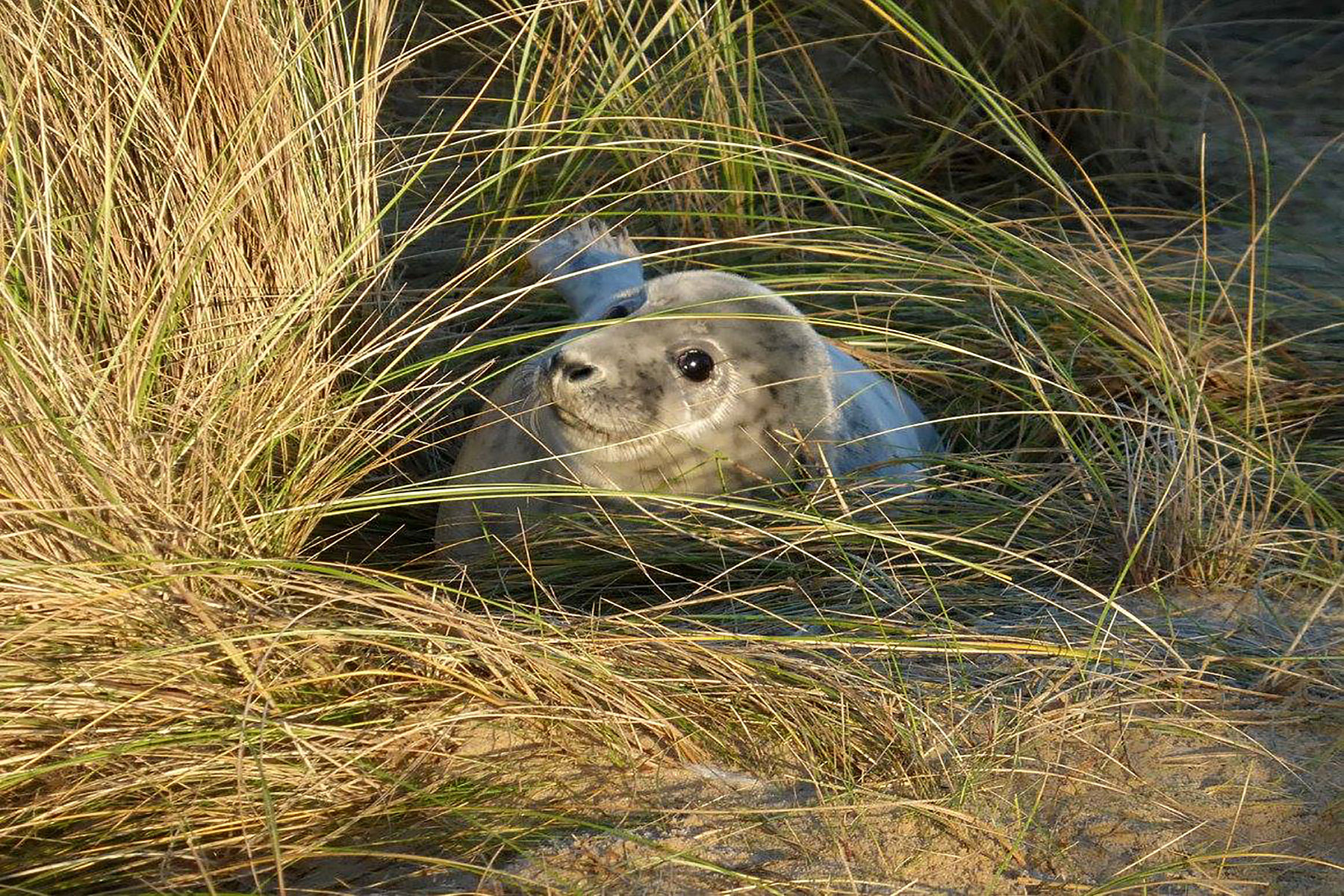
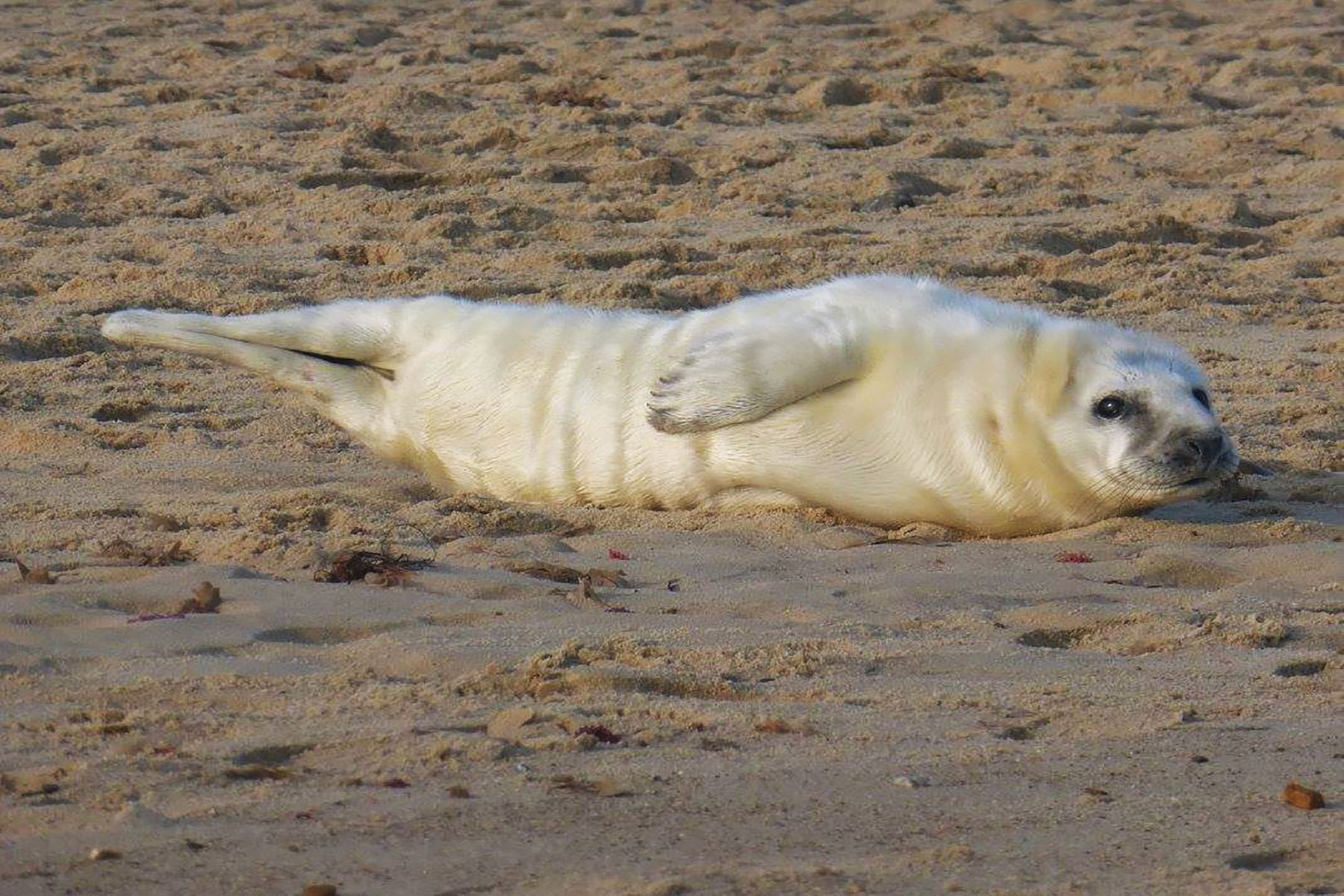
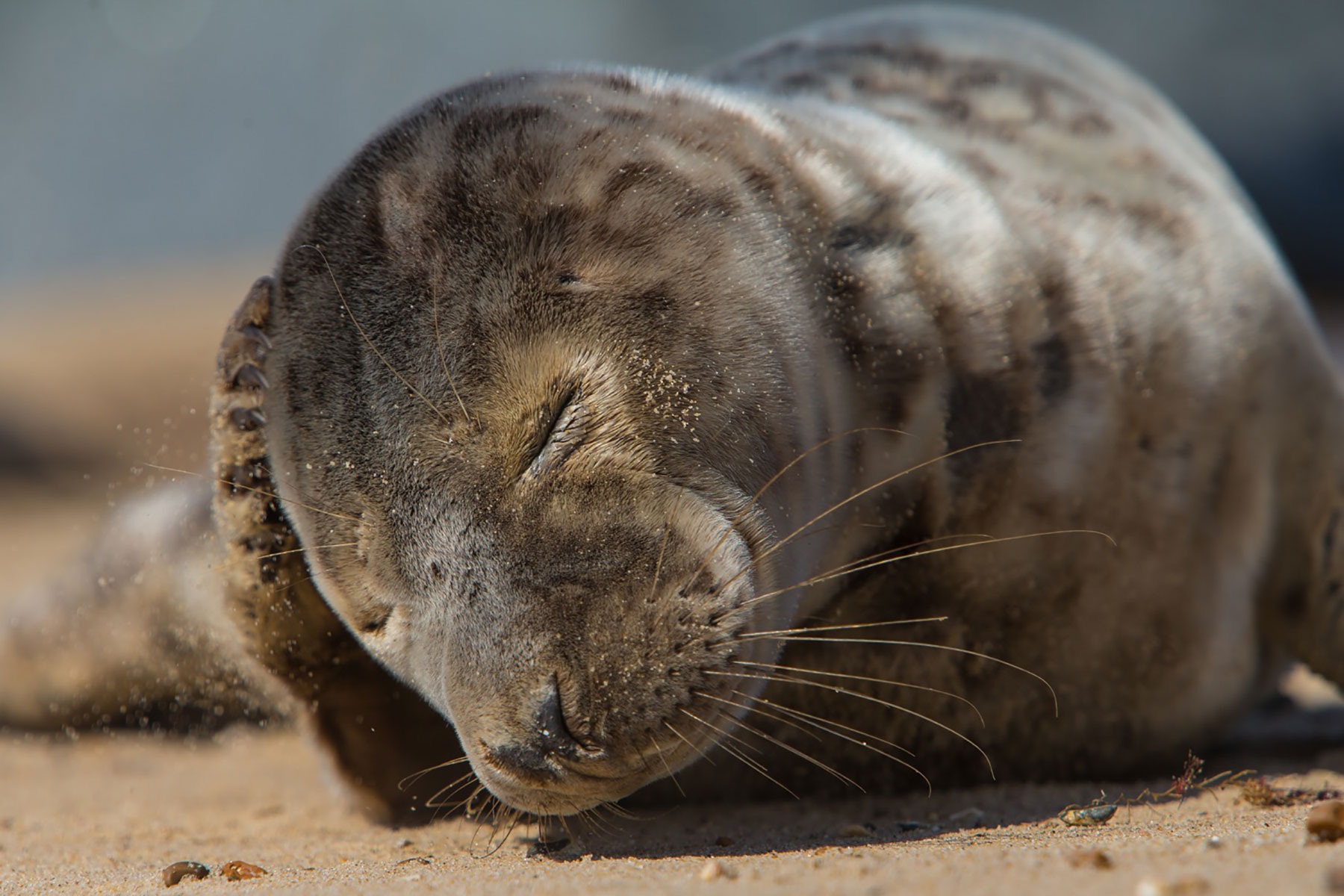

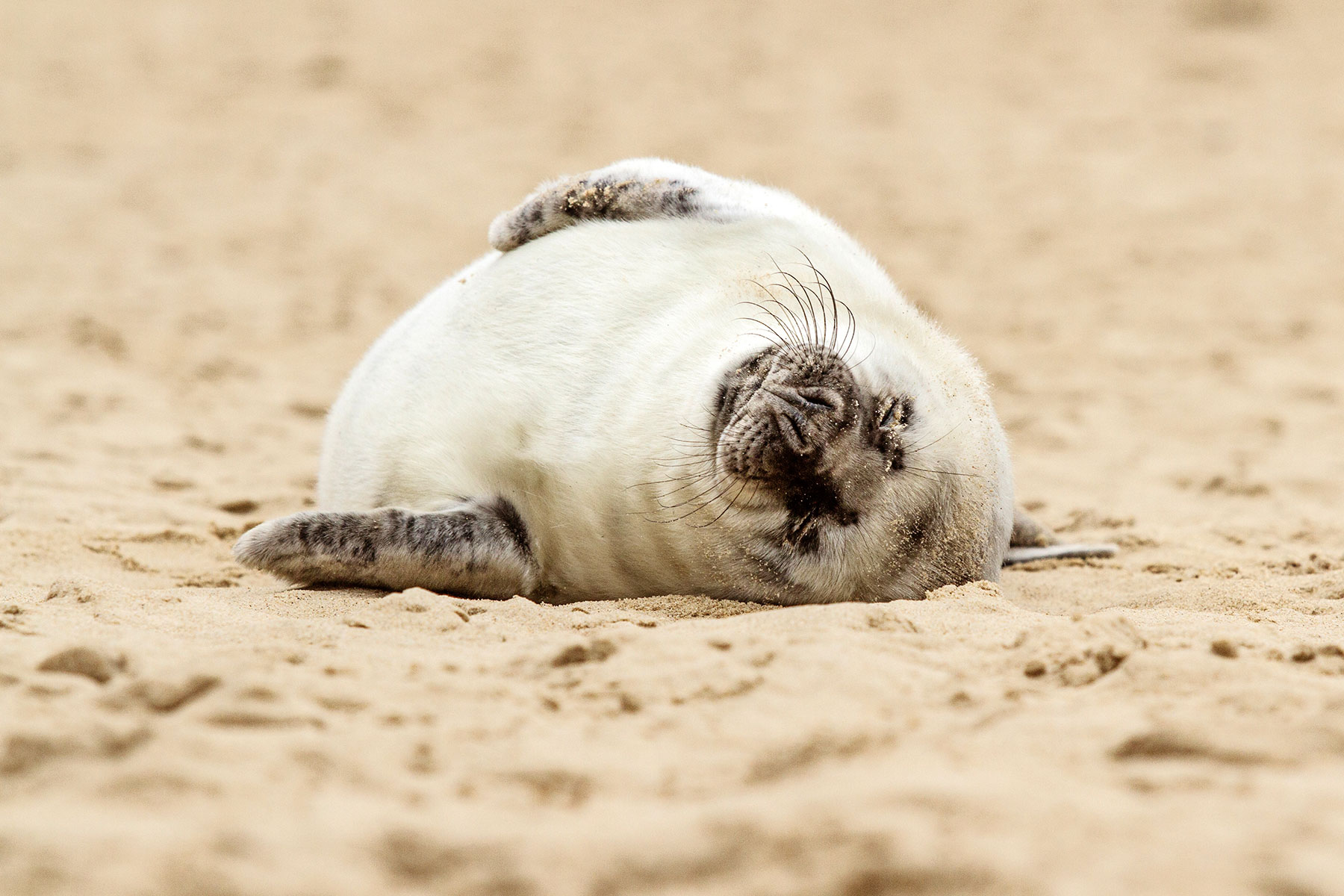
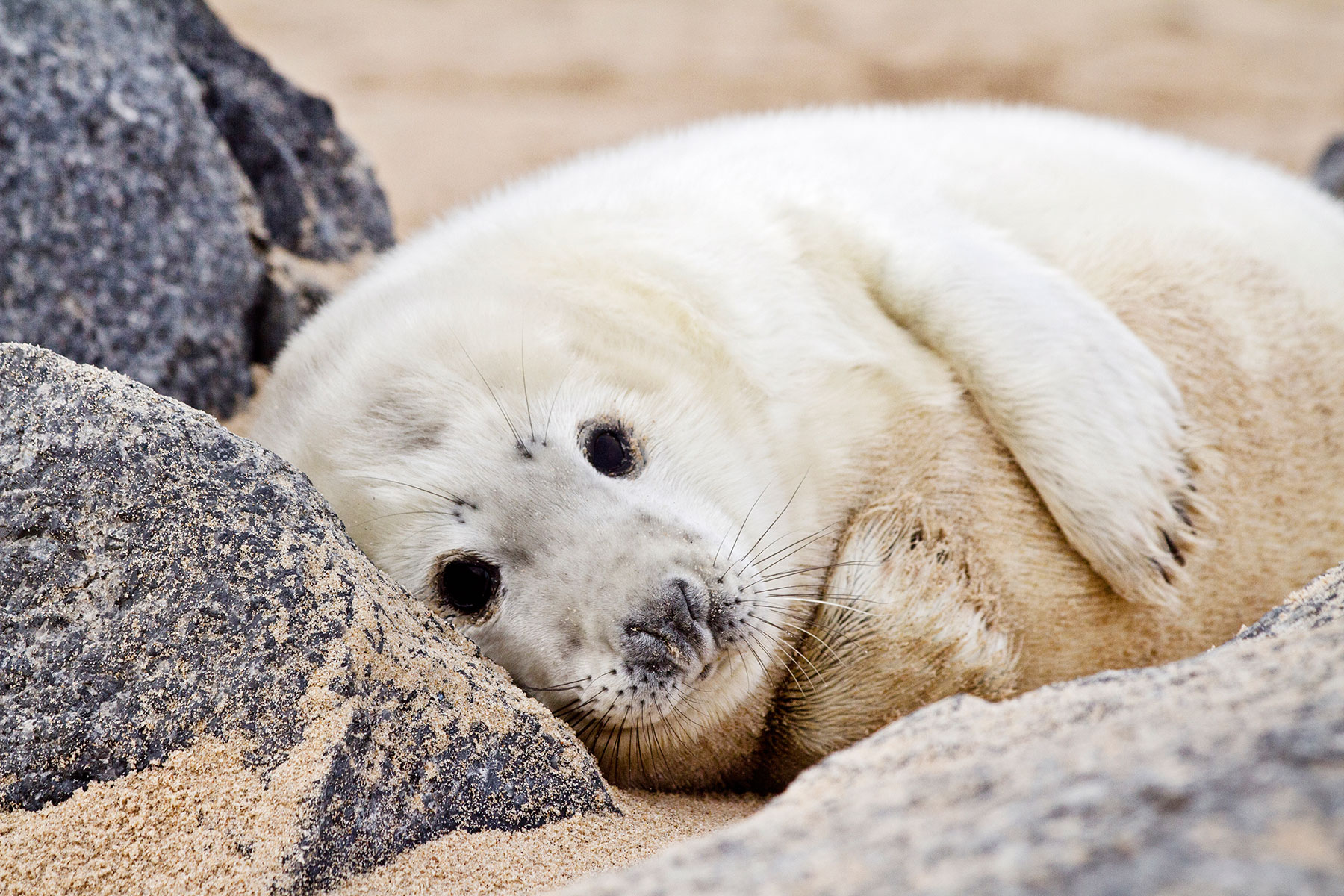
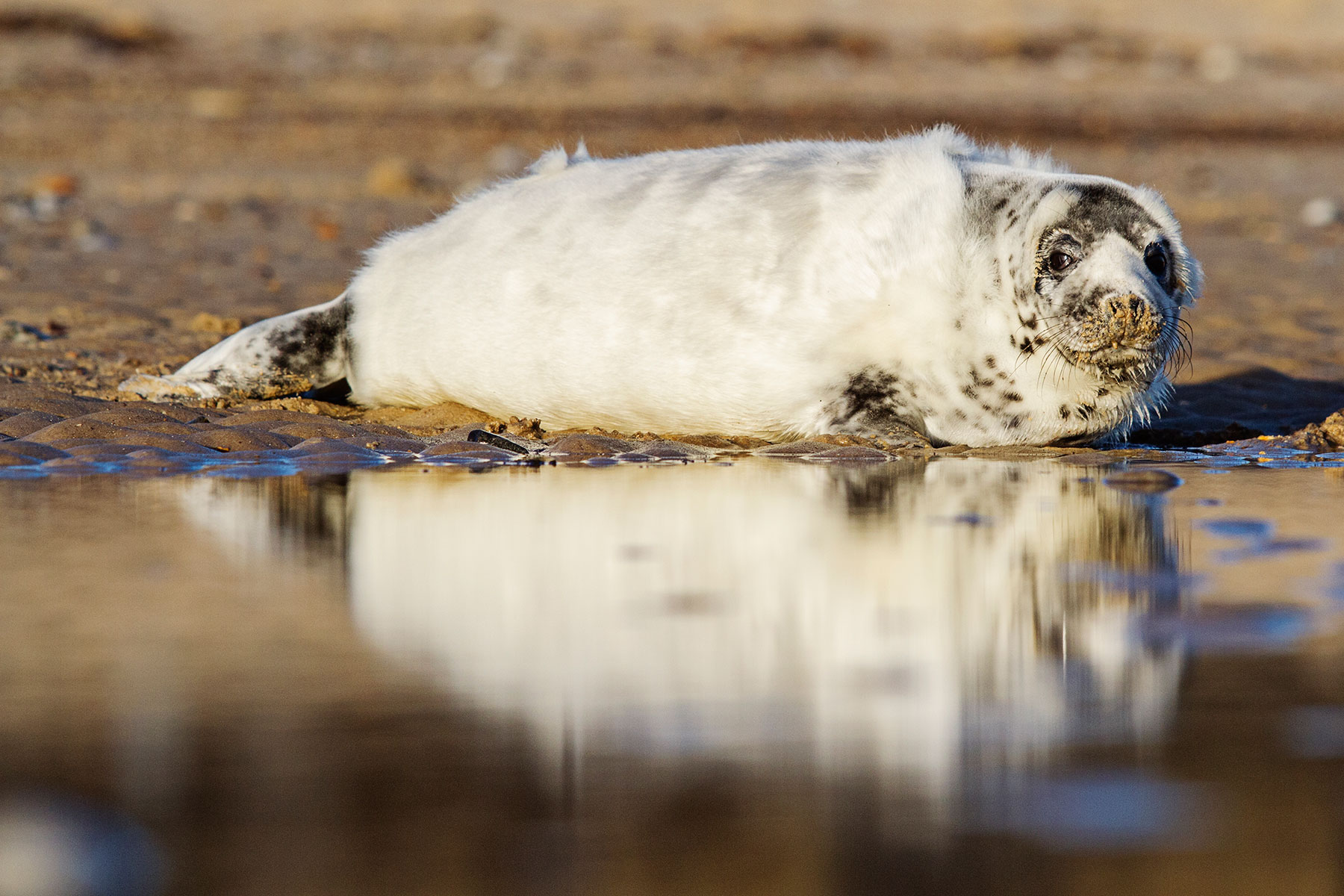
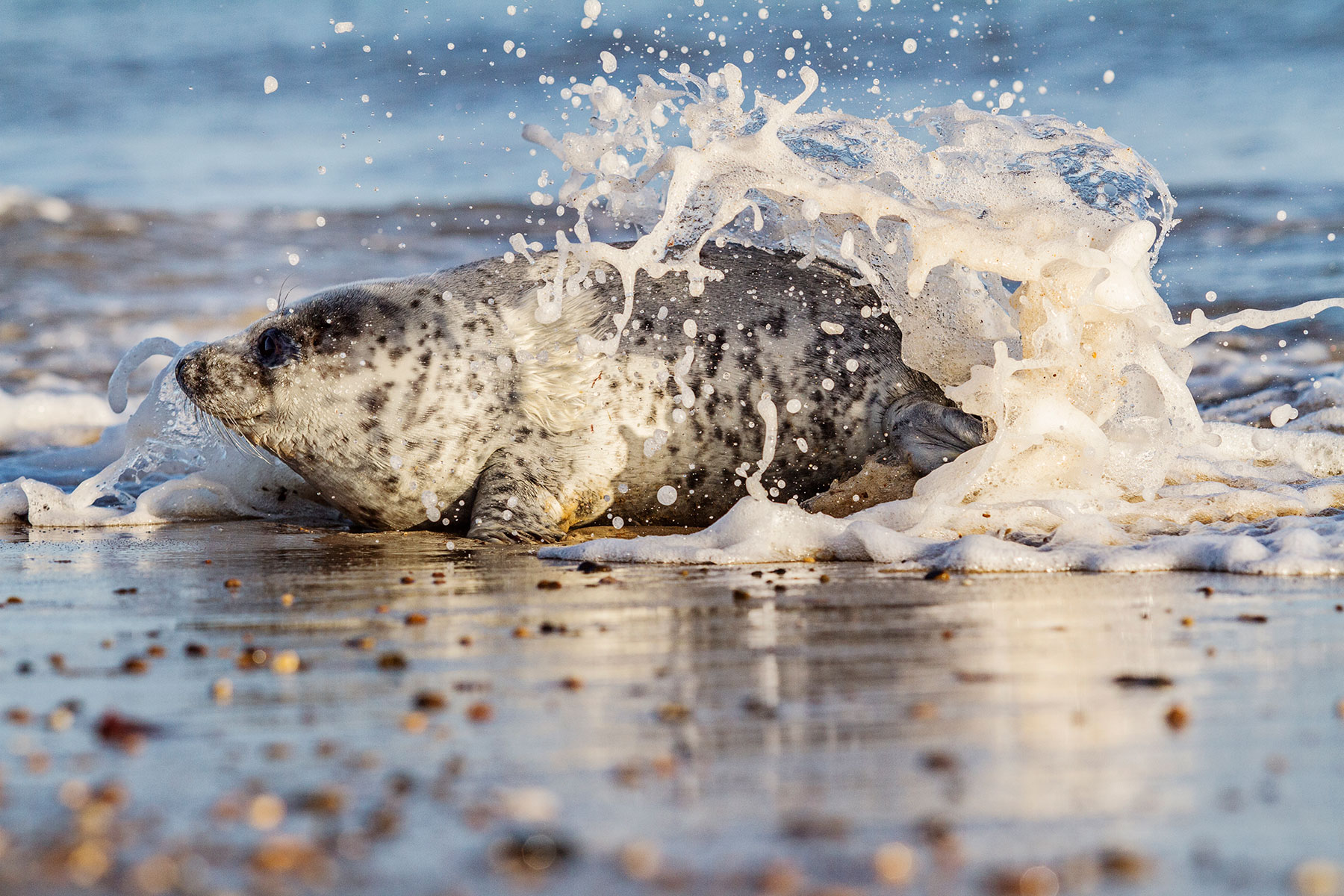
In memory of Alan McMurchie, who watched over Winterton beach users for many years.
Pictures by Philip Petrou © (Philip's website), Cassie Tillett © (Cassie's website) and Paul Macro © (Paul's website).
The Seals
AT Winterton we share our beautiful beach with some amazing wildlife, especially the grey and common seals that live at nearby Horsey.
Wander along the shoreline at any time of year and the chances are you will see one or two of them people watching as they swim up and down our stretch of coast. You may even find one having a snooze on the sand.
But winter is the best time to see these magnificent creatures, when hundreds of the greys give birth to their distinctive white-furred pups.
Twin Seals
In 2015 the colony saw the first ever recorded grey seal twins born in the wild.
Volunteer wardens from the Friends of Horsey Seals spotted them hidden amongst the dunes at Horsey, being fed by the same mother.
© All content copyright 2022
